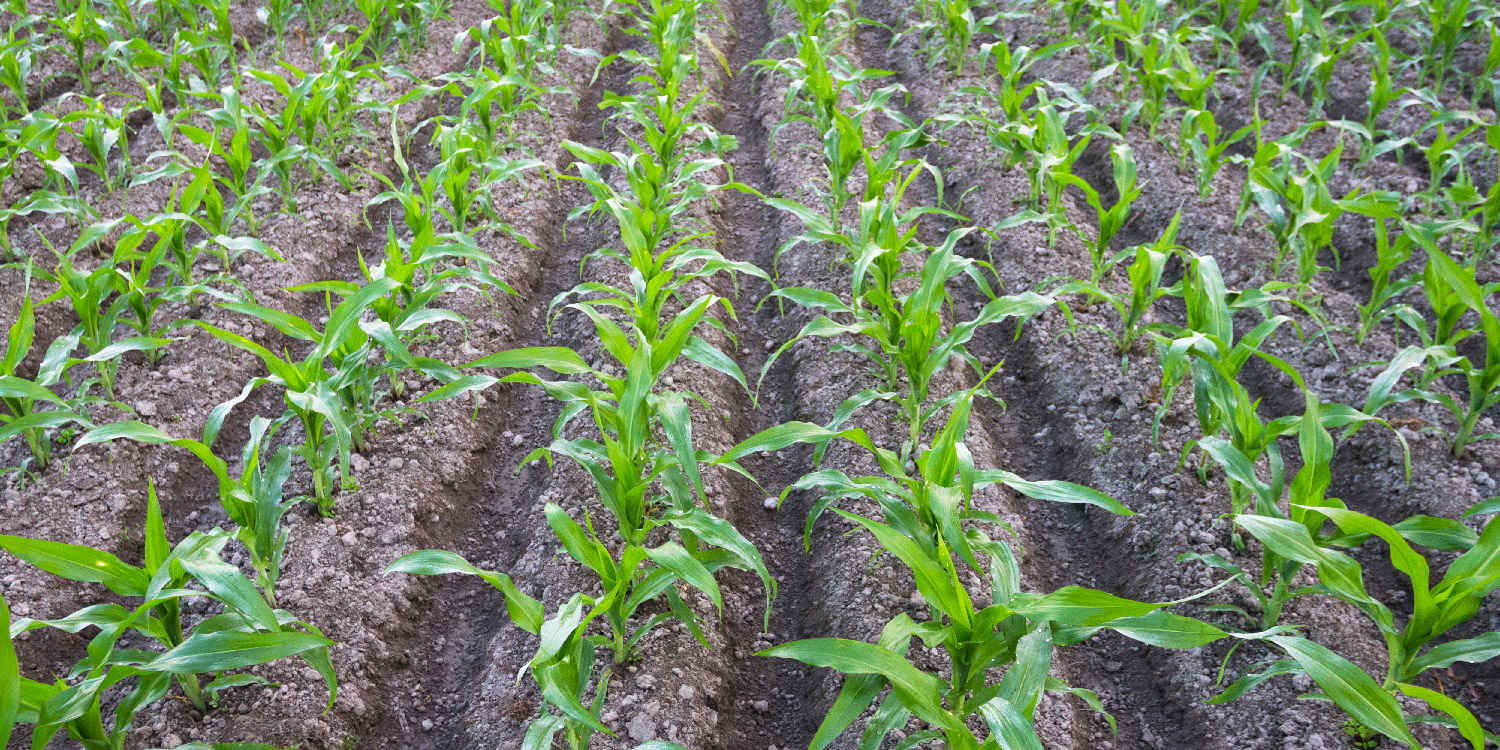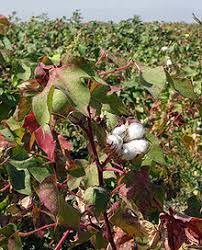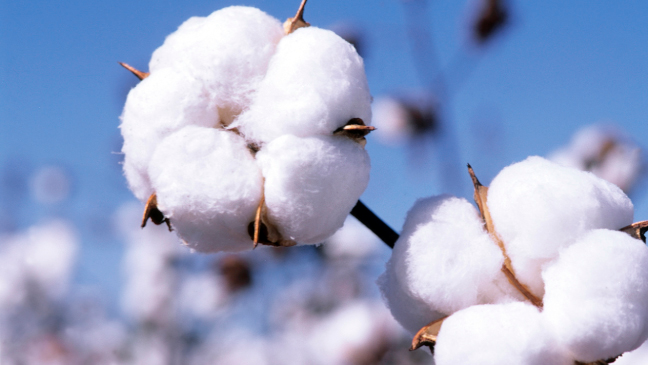Trichoderma is a very effective biological mean for plant disease management especially the soil born. It is a free-living fungus which is common in soil and root ecosystems.
Benefits of Trichoderma
Disease Control, Plant Growth Promoter, Biochemical Elicitors of Disease, Transgenic Plants and Bioremediation.
Method of application:
- Seed treatment: Mix 6 – 10 g of Trichoderma powder per Kg of seed before sowing.
- Nursery treatment: Apply 10 – 25 g of Trichoderma powder per 100 Sq.m. of nursery bed. Application of neem cake and FYM before treatment increases the efficacy.
- Cutting and seedling root dip: Mix 10g of Trichoderma powder per liter of water and dip the cuttings and seedlings for 10 minutes before planting.
- Soil treatment: Mix 1kg of Trichoderma formulation in 100 kg of farmyard manure and cover it for 7 days with polythene. Sprinkle the heap with water intermittently. Turn the mixture in every 3-4 days interval and then broadcast in the field.
- Plant Treatment: Drench the soil near stem region with 10 g Trichoderma powder mixed in a liter of water.
Like and share with other farmers by clicking on button below.
Share








